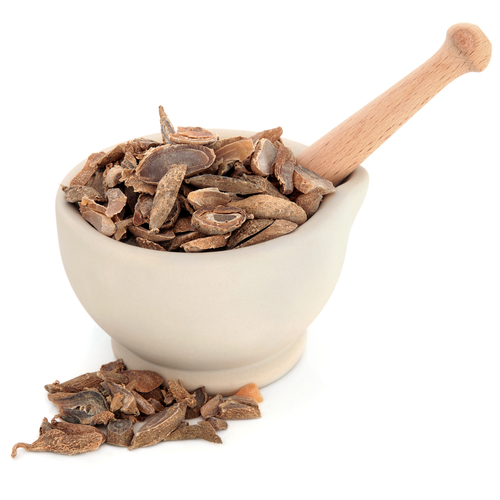According to new research published in Nature Medicine, a chemical found in a psychoactive plant may hold the key to a new line of treatments for diabetes. The chemical, ayahuasca, has the potential to regrow the pancreas’ beta cells that have been damaged by diabetes. Beta cells are responsible for producing insulin necessary for controlling the body’s blood glucose levels.
“In children and adults with type 1 diabetes, they’ve lost 99 percent of their beta cells, so they cannot make enough insulin. That’s the cause of their diabetes,” said Andrew Stewart, senior author of the study and director of the Diabetes, Obesity and Metabolism Institute at Mount Sinai, New York City. Individuals with type 2 diabetes also have a beta cell reduction of about 50 or 60 percent, which affects the amount of insulin their bodies’ can produce.
Controlling Symptoms VS Curing the Disease
Currently there are many drugs and treatments available to diabetics to help them control their symptoms, but there is yet no definitive way to regenerate beta cells and cure the disease, which is what led Stewart to join forces with lead author Peng Wang and others to tackle the issue.
Beta cell regeneration can happen in two different ways: either through the use of stem cells, which would be created and then transplanted into a patient, or by developing a drug that makes a person’s own beta cells grow.
Stewart points out that although stem cell transplant research is promising, it requires a very invasive procedure which will make it difficult to offer it to the more than 20 million Americans the Centers for Disease Control (CDC) estimates are currently afflicted with the disease.
“The need vastly outstrips the stem cell islet supply,” said Stewart. “It would be simply much simpler to take a pill to make your beta cells grow.”
The Promise of Harmine
Stewart and his team checked more than 100,000 different chemicals using a high-volume screening method to determine which had the potential to make beta cells grow. 86 possible solutions were identified and each one was tested manually. The winner? Harmine – the only one which triggered beta cell growth.
Harmine is a fluorescent harmala alkaloid belonging to the betacarboline family of compounds and occurs naturally in a number of plants from around the world, most notably the Middle Eastern plant harmal. It is one of the main ingredients in ayahuasca, which is a psychoactive mixture used by some indigenous people for religious purposes.
Harmine has already been linked to anticancer treatments because it has shown cytotoxicity against HL60 and K562 cell lines. It has also been shown to promote differentiation of bone-forming cells and cells in the cartilage and inhibit the formation of bone resorbing cells, so its potential use in regenerating beta cells in diabetes patients was not entirely shocking.
A Gateway for New Diabetes Treatments
Once the research team identified harmine’s potential they needed to confirm that it had the ability to grow beta cells. They extracted islets from the pancreases of deceased human organ donors and transplanted them into diabetic mice. They next dosed the mice with harmine which triggered the beta cells to multiply enough that the mice’s blood sugar levels returned to normal.
Although the research is very promising, Stewart warns that harmine itself isn’t the answer or cure for diabetes, rather it has the potential to inspire similar drugs that have the ability to focus on beta cells and leave the rest of the body, particularly the brain, alone.
“We have no way to target drugs specifically to human beta cells,” Stewart said. “That’s what we need to do next. We need to figure out a way to get harmine directed to beta cells specifically and to no other tissue.”
Harmine-Inspired Drugs Still Won’t Tackle the Initial Cause
Even with the promise of developing new drugs that will regenerate beta cells, they still won’t be able to cure diabetes completely because there is still the initial cause of the diabetes.
For example, patients with type 1 diabetes have an immune system that has attacked and destroyed their beta cells. Unless a complementary drug is administered into the patient to keep the immune system in check, the regenerated beta cells may also be destroyed.
Still, the research team’s findings are no doubt another crucial step toward developing a drug that may someday completely reverse diabetes.
But what if some day there was no need for drugs because there was a 100% natural protocol that could completely reverse the root cause of blood sugar imbalances? One medical expert says it’s not only possible but is a reality right now.
Sound too good to be true?
In the free video on the very next page, she shares the details of this diabetes-reversing method and how you can learn a few simple tweaks to what you eat and how you move that can engineer a metabolic reboot so you can maintain healthy blood sugar levels for the rest of your life.
She even shares one specific step you can try immediately to help you get control of your diabetes today.
If you’d like to learn the strategies and tools to fix your blood sugar system without relying on drugs, watch the video now.
 Validating...
Validating... 





Leave a Reply